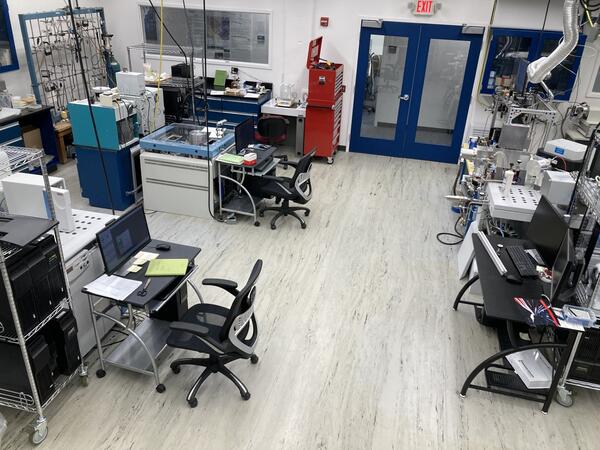FORT economists and social scientists investigate the complex relationship between nature and humans
Research includes studies of visitor impacts on parks, wildfire risk assessments, and economic impacts of invasive grasses.
FORT scientists produce tools and research for better management of invasive species
From pythons in the Everglades, to annual grasses invading the western United States, FORT invasive species research spans a wide range of taxonomic groups and landscapes.
FORT researchers improve methods for effective monitoring and management of wild horses and burros.
FORT researchers produce cutting edge tools and science for the Wyoming Landscape Conservation Initiative
Fort Collins Science Center
Welcome to the Fort Collins Science Center (FORT) located in Fort Collins, Colorado, just east of the Rocky Mountains. At FORT we develop and disseminate research-based information and tools needed to understand the nation’s biological resources in support of effective decision making.















